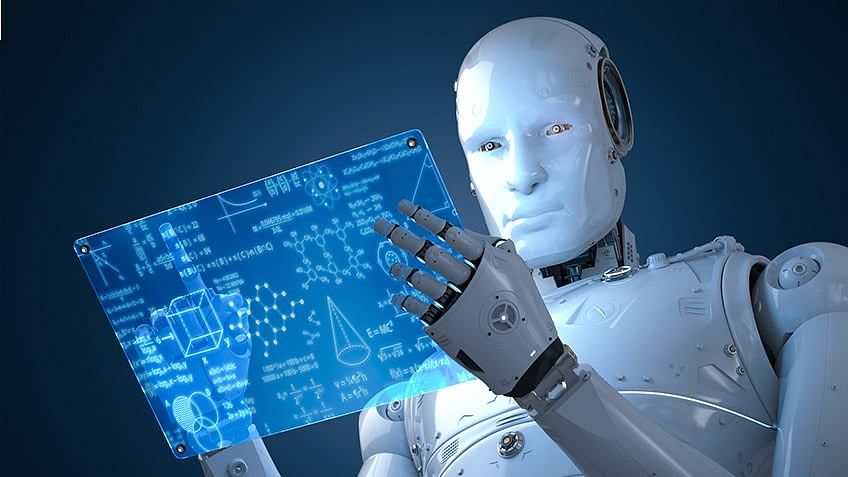Researchers at the Nara Institute of Science and Technology (NAIST) have developed a machine learning algorithm that can accurately predict the location of actin-related proteins, which are a crucial part of the cellular skeleton. The algorithm can predict the location of the proteins about the actual location of the actin. The study was published in Frontiers in Cell and Developmental Biology.
The Importance of Actin
Actin is the key to cell shape and structure and plays a role in the formation of lamellipodia during cell movement. Lamellipodia are fan-shaped structures that allow cells to “walk” forward and contain various proteins that bind to actin to keep cells moving. Shiro Suetsugu is the lead author of the study and came up with the idea during a conversation with Yoshinobu Sato at the NAIST Data Science Center.
“While artificial intelligence has been used previously to predict the direction of cell migration based on a sequence of images, so far it has not been used to predict protein localization,” says Suetsugu. “We therefore sought to design a machine learning algorithm that can determine where proteins will appear in the cell based on their relationship with other proteins.”
Developing the AI System
The researchers trained an artificial intelligence (AI) system to predict where the action-associated proteins would be in the cell, and they did so by displaying the AI images of the cells with the proteins tagged with fluorescent labels, which tell the system where they are. The system was then fed images containing only the labeled actin and asked to locate the associated proteins.
“When we compared the predicted images to the actual images, there was a considerable degree of similarity,” says Suetsugu. “Our program accurately predicted the localization of three actin-associated proteins within lamellipodia; and, in the case of one of these proteins, in other structures within the cell.”
The team demonstrated the specific capabilities of the system and then asked him to predict where the tubulin is located in the cell. Tubulin is not directly related to actin, and the program performed worse on this task. “Our findings suggest that machine learning can be used to accurately predict the location of functionally related proteins and describe the physical relationships between them,” says Suetsugu.
According to the researchers, the program could be used to understand the to identify structures to be identified quickly and precisely found from cell imaging and could serve as a method for artificial cell voltage in order to circumvent the limitations of current methods.




